
Entertainment
-
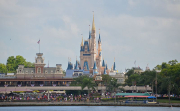 Disney Emerges Victorious After Intense Battle
Disney has emerged triumphant in a boardroom clash against critics who had accused the media conglomerate of mishandling its streaming strategy and losing its innovative edge.04 April 2024Read More...
Disney Emerges Victorious After Intense Battle
Disney has emerged triumphant in a boardroom clash against critics who had accused the media conglomerate of mishandling its streaming strategy and losing its innovative edge.04 April 2024Read More... -
 Powerball Jackpot Reaches $975 Million Following Another Drawing Without a Big Winner
The Powerball jackpot has surged to an estimated $975 million as no one matched the six numbers drawn on Saturday night, extending a nearly three-month period without a significant01 April 2024Read More...
Powerball Jackpot Reaches $975 Million Following Another Drawing Without a Big Winner
The Powerball jackpot has surged to an estimated $975 million as no one matched the six numbers drawn on Saturday night, extending a nearly three-month period without a significant01 April 2024Read More... -
 Beyoncé: Oklahoma Radio Station Reverses Decision on Country Song After Viral Backlash Over Racism Allegation
After a fan requested a Beyoncé song on Oklahoma's KYKC radio station and was denied, citing the station's focus on country music, the situation quickly escalated.15 February 2024Read More...
Beyoncé: Oklahoma Radio Station Reverses Decision on Country Song After Viral Backlash Over Racism Allegation
After a fan requested a Beyoncé song on Oklahoma's KYKC radio station and was denied, citing the station's focus on country music, the situation quickly escalated.15 February 2024Read More... -
 Karolina Shiino: Miss Japan Steps Down Following Affair Scandal
Karolina Shiino, the Ukraine-born winner of the Miss Japan beauty pageant, has relinquished her crown after a tabloid report exposed her affair with a married man.06 February 2024Read More...
Karolina Shiino: Miss Japan Steps Down Following Affair Scandal
Karolina Shiino, the Ukraine-born winner of the Miss Japan beauty pageant, has relinquished her crown after a tabloid report exposed her affair with a married man.06 February 2024Read More... -
 Heart and Cheap Trick Unite for Royal Flush Tour Across North America
Legendary rock band Heart, inducted into the Rock and Roll Hall of Fame in 2013, is gearing up for an epic Royal Flush tour alongside special guests Cheap Trick. The extensive 52-city tour is29 January 2024Read More...
Heart and Cheap Trick Unite for Royal Flush Tour Across North America
Legendary rock band Heart, inducted into the Rock and Roll Hall of Fame in 2013, is gearing up for an epic Royal Flush tour alongside special guests Cheap Trick. The extensive 52-city tour is29 January 2024Read More... -
 Surge in American Tourism Sets Records: Switzerland Welcomes Highest Number of US Visitors in Decades
Surge in American Tourism Sets Records: Switzerland Welcomes Highest Number of US Visitors in Decades
The number of American tourists staying overnight in Switzerland surged by 20% between January and October 2023 compared to the pre-pandemic year of 2019, according to RTS01 January 2024Read More... -
 As Thanksgiving Approaches, Travelers Flood Roads and Airports Once Again
Millions of Americans have swarmed into airports and hit the highways on Wednesday as Thanksgiving Day approaches, marking the busiest travel day since the pandemic virtually halted the22 November 2023Read More...
As Thanksgiving Approaches, Travelers Flood Roads and Airports Once Again
Millions of Americans have swarmed into airports and hit the highways on Wednesday as Thanksgiving Day approaches, marking the busiest travel day since the pandemic virtually halted the22 November 2023Read More...
Fashion
-
 Costco Offers Affordable Version of Anthropologie Mirror, Sparking Social Media Buzz
Costco shoppers are buzzing about a floor mirror that closely resembles a luxury mirror from Anthropologie but comes with a significantly lower price tag. The Anthropologie Luisa Mirror, pricedRead More...
Costco Offers Affordable Version of Anthropologie Mirror, Sparking Social Media Buzz
Costco shoppers are buzzing about a floor mirror that closely resembles a luxury mirror from Anthropologie but comes with a significantly lower price tag. The Anthropologie Luisa Mirror, pricedRead More... -
 City Council Commemorates Hispanic Heritage Month
This year, the Councilors acknowledged Hispanic leaders in Boston for their hard work, leadership and commitment to their communities. Recipients were awarded the Pilares de la HispanidadRead More...
City Council Commemorates Hispanic Heritage Month
This year, the Councilors acknowledged Hispanic leaders in Boston for their hard work, leadership and commitment to their communities. Recipients were awarded the Pilares de la HispanidadRead More... -
 Hermès Resolves Patent Dispute with Skechers over Shoe Soles in New York
Hermès International SCA HRMS.PA, the French luxury fashion house, has settled a lawsuit brought by Skechers USA Inc SKX.N regarding alleged patent infringementRead More...
Hermès Resolves Patent Dispute with Skechers over Shoe Soles in New York
Hermès International SCA HRMS.PA, the French luxury fashion house, has settled a lawsuit brought by Skechers USA Inc SKX.N regarding alleged patent infringementRead More... -
 Diamond Prices Firm After Supply Declines
Diamond trading was seasonally slow in December as the industry’s focus shifted to retail and as diamantaires took their end-of-year break. Sentiment received a boost from strong holidayRead More...
Diamond Prices Firm After Supply Declines
Diamond trading was seasonally slow in December as the industry’s focus shifted to retail and as diamantaires took their end-of-year break. Sentiment received a boost from strong holidayRead More... -
 Protesters target Polanski film at cinemas in Brussels
Feminist activists defaced cinemas in Brussels with angry condemnations of director Roman Polanski's latest film overnight on Tuesday and Wednesday.Read More...
Protesters target Polanski film at cinemas in Brussels
Feminist activists defaced cinemas in Brussels with angry condemnations of director Roman Polanski's latest film overnight on Tuesday and Wednesday.Read More... -
 London Latino heartlands struggle for survival
Whenever London's South Americans go looking for a job, a helping hand, the flavours of home or a party with their compatriots, they head to the Latino indoor marketRead More...
London Latino heartlands struggle for survival
Whenever London's South Americans go looking for a job, a helping hand, the flavours of home or a party with their compatriots, they head to the Latino indoor marketRead More... -
 Tutankhamun sculpture’s London auction sparks Egyptian outcry
A 3,000-year-old head sculpture of an eternally-young Tutankhamun — the Egyptian pharaoh known as King Tut — goes under the hammer this week in London despite an outcry from Cairo.Read More...
Tutankhamun sculpture’s London auction sparks Egyptian outcry
A 3,000-year-old head sculpture of an eternally-young Tutankhamun — the Egyptian pharaoh known as King Tut — goes under the hammer this week in London despite an outcry from Cairo.Read More... -
 Four top British authors in novel anti-Brexit European crusade
Ken Follett, Lee Child, Kate Mosse and Jojo Moyes, four heavyweights of British literature, are launching a "Friendship Tour" of Europe to represent the 48 percent whoRead More...
Four top British authors in novel anti-Brexit European crusade
Ken Follett, Lee Child, Kate Mosse and Jojo Moyes, four heavyweights of British literature, are launching a "Friendship Tour" of Europe to represent the 48 percent whoRead More... -
 Zombies and women: London Men's Fashion Week wraps up
Models in zombie make-up and a growing number of women on the catwalks were among the eye-catching features of Men's Fashion Week, which wrapped up inRead More...
Zombies and women: London Men's Fashion Week wraps up
Models in zombie make-up and a growing number of women on the catwalks were among the eye-catching features of Men's Fashion Week, which wrapped up inRead More...
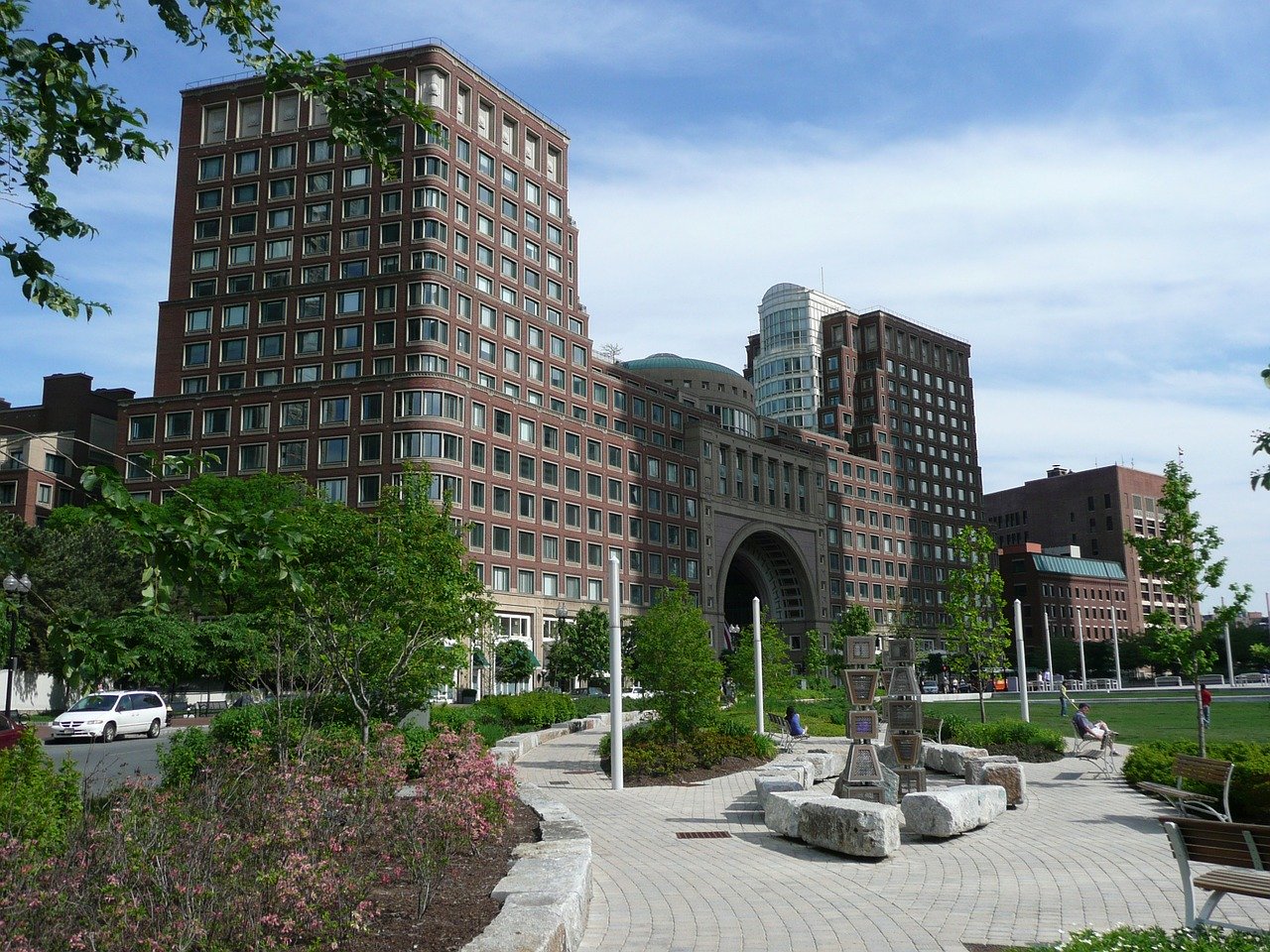
Most Read
- Greece hails new post-bailout chapter but concerns remain
- Fatal Alligator Attack Claims Life of 69-Year-Old Woman in South Carolina
- 34th Conference on the Holocaust and Genocide, Millersville University of Pennsylvania
- Design Museum turns old London icon into new global hub
- Game over? Computer beats human champ in strategy challenge
Fashion

London's Science Museum called upon the genius of late architect Zaha Hadid for the “huge challenge” of bringing life to its new gallery dedicated to mathematics, which opens on Thursday.
The Winton Gallery highlights the importance of mathematics through 120 objects, including a cash dispenser, the Enigma encryption machine, a model of a supertanker, a revolutionary aircraft and a 19th-century instrument for measuring tides.
Located in a regenerated old wing of the famous museum, the gallery was co-designed by celebrated Iraqi-British architect Hadid, who died of a heart attack in Miami in March before the gallery’s completion.
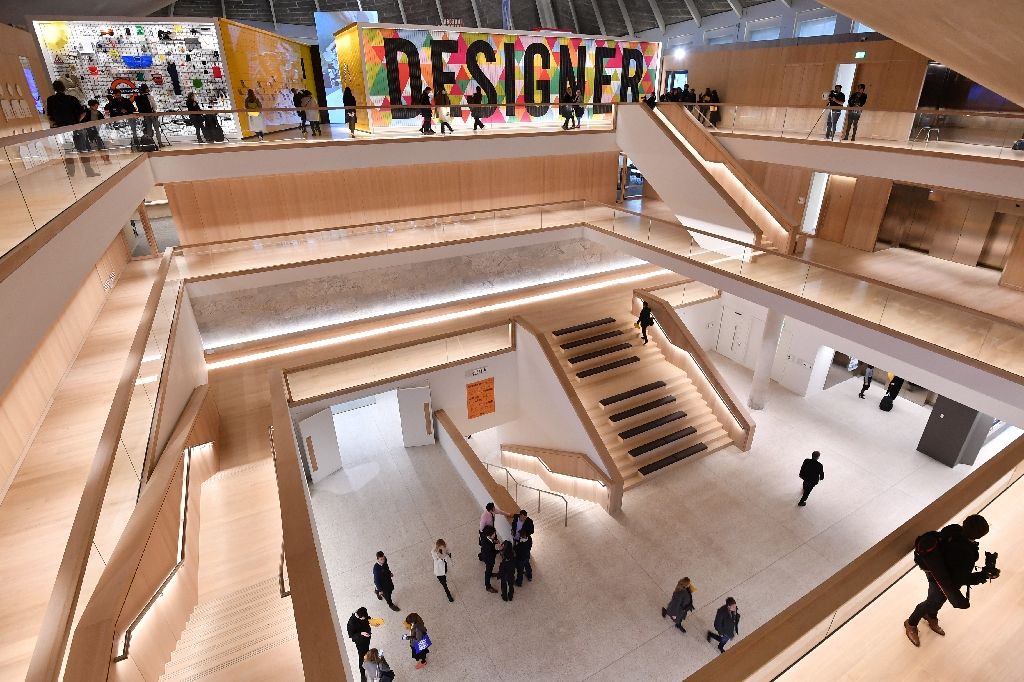
From Walkmans to iPhones and classic cars to robotic arms, London's new Design Museum will offer a journey through the world of contemporary design when it opens its doors to the public next week.
The museum in London's plush Kensington district is the culmination of an £83-million (97-million-euro, $103-million) project to transform a once derelict building.
"Our ambition is to create somewhere which would be a world centre for design and a place to start conversations about the world of design," museum director Deyan Sudjic told AFP on Thursday at a media preview.
The museum will house almost 1,000 objects in its permanent exhibition -- among them a London Underground train, a Ford Model T car, Gucci tennis shoes and Christian Louboutin's Pigalle high-heels -- covering everything from fashion to engineering.
The museum's new site is nearly three times the size of its previous home, which was a former banana warehouse in southeast London.

Fashion designer Stella McCartney unveiled her first menswear collection on Thursday at London's famous Abbey Road recording studio, where she promised men a more free and fun wardrobe.
McCartney chose to present the collection at the recording studio made famous by her father, Paul McCartney, and his three fellow Beatles when they named one of their albums after Abbey Road.
His fashion designer daughter referred to the 1969 album cover, which shows the band walking across Abbey Road, by parading models over the same white stripes to photographers' flashes.
McCartney said the venue was special both for its musical and family ties.
"It really means a lot to our family this studio... seeing and hearing what's been created here, the best music in the world.
"It's such an iconic place. So many people have recorded here," she said.
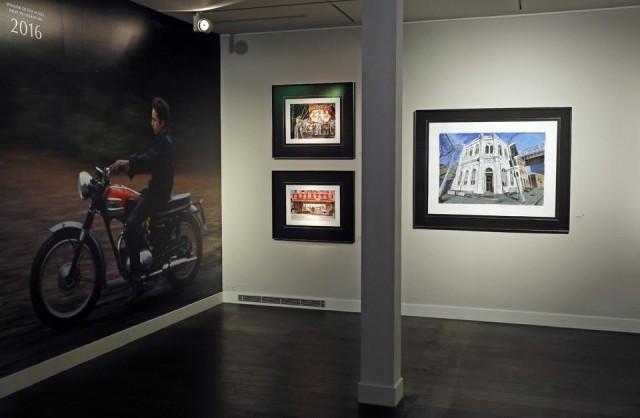
Bob Dylan, music legend and Nobel laureate, is also a prolific painter whose works depicting the landscapes and culture of the United States are now the focus of a major London exhibition.
Around 200 paintings by the US singer-songwriter, produced by the 75-year-old in the last two years, are on show from Saturday at the Halcyon Gallery in the British capital's plush Mayfair district.
The collection of oil, acrylic and watercolour paintings reveals a different side to Robert Allen Zimmerman, an icon of 20th century US popular music, whose poetic lyrics earned him the Nobel Prize for literature last month, to much surprise.
Dylan announced last week that he would travel to Stockholm to receive the prize, making the timing of this exhibition all the more apt.
"It's a great honour for us hosting the exhibition and for him to have received that honour at the same time," Paul Green, president of the Halcyon Gallery, told AFP.
Dylan began exploring the visual arts in the early 1960s. He designed the cover of the 1968 album "Music from Big Pink" by Canadian roots-rock group The Band.
More recently, his works have been exhibited in Milan and New York.
"Dylan has been passionate about art since he first moved to New York and was taken by his girlfriend Suze Rotolo around museums," said Green.
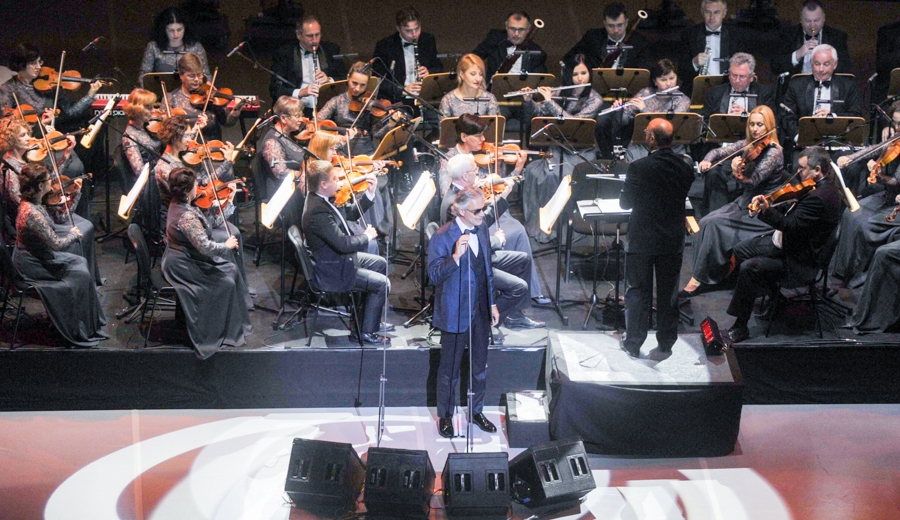
Italian tenor Andrea Bocelli performed Monday at the launch of a huge cultural center in Kuwait which includes a 2,000-seat opera house, the first in the oil-rich Gulf state.
Emir Sheikh Sabah al-Ahmad Al-Sabah opened the $750-million center and watched a spectacular show that combined international and local music.
Top Kuwaiti singers, artists and performers took part in the event which was also attended by a large number of local and foreign dignitaries.
The sprawling 215,000- square-meter center is located in the heart of the capital Kuwait City and comprises four buildings, a theater center, a music center, a conference center and a library for historical documents.

"You are sitting in the front row of the orchestra with the principal conductor Salonen conducting you," Luke Ritchie, the Philharmonia Orchestra's head of digital, told AFP.
"We wanted you to hear what it's like to sit in the viola section in the front of an orchestra, (for) people to get an insight of the dynamics."
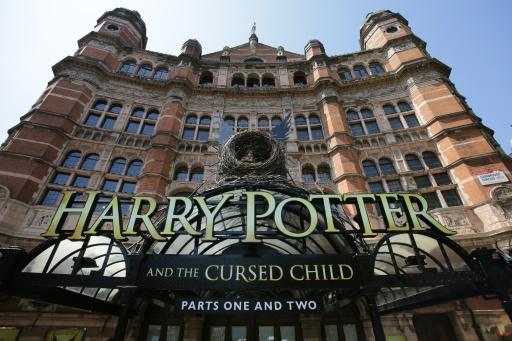
Harry Potter fans were buzzing with excitement Saturday as "Harry Potter and the Cursed Child", a stage play that imagines the fictional boy wizard as a grown-up father of three, opened in London.
After nearly eight weeks of well-received preview performances, London's Palace Theatre hosted the opening gala as the general public were invited to strap themselves in for a new adventure in the saga that has captivated millions around the globe.
Arriving for the opening gala, creator J.K. Rowling told the Press Association she was "so happy" that fans had heeded her pleas to keep the plot a secret, and said she hoped the play would one day appear on Broadway.
Set 19 years after the events of Rowling's seventh and final book, "Harry Potter and the Deathly Hallows", the play sees a grown-up Potter working at the Ministry of Magic.
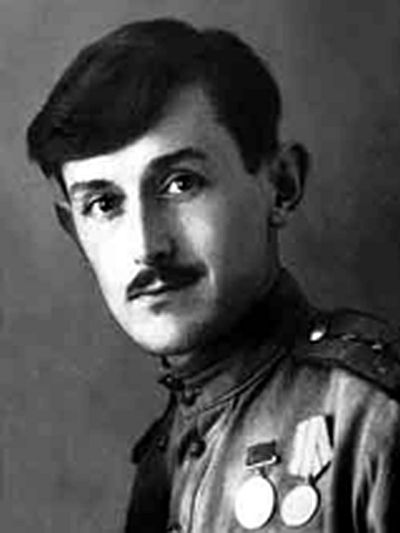
Recently a number of publications appeared in the Russian and Ukrainian press about Victor Nekrasov, devoted to the 105th anniversary of his birth on 17 June, 2016. He was remembered mostly as a Soviet writer and dissident, the author of one of the first truthful novels about World War II V okopakh Stalingrada, (In the Trenches of Stalingrad, 1946). I would like to focus my article on the role of Nekrasov in the heightening of public awareness about the Babi Yar massacre and the need to commemorate and memorialize the Holocaust in Kiev.
Victor Nekrasov was born in Kiev into a noble family in 1911. Nekrasov was a descendent of Russian, Italian and Swiss nobility. His grandmother Alina von Ern graduated from the Smolny Institute for Noble Girls and danced at the graduation ball with Tsar Alexander II. Nekrasov was quite proud of his noble ancestors and described them in his book Malen’kie portrety (Little Portraits).[1]
Victor Nekrasov’s mother Zinaida Nikolaevna Nekrasova (nee Motovilova, 1879-1970) was a distant relative of the poet Anna Akhmatova. Zinaida Nikolaevna was a very progressive woman for her time. While most noble women enjoyed a life of luxury and leisure, Zinaida decided to become a medical doctor. She studied medicine in Switzerland and worked for many years as a physician.[2] Victor remained close to his mother all of her life and Kievans often saw them walking together downtown. Less is known about Victor Nekrasov’s father, Platon Feodosievich, who died from a heart attack in 1917, when Victor was six years old. Victor’s mother and father separated when he was a small child. Zinaida Nikolaevna, with her two sons, Victor and his older brother Nikolai, lived in Switzerland and Paris before World War I and then in Kiev. Nekrasov’s father settled in Krasnoyarsk, where he worked as a bank clerk.[3] So perhaps Victor even did not remember his father.
In the 1930’s Nekrasov simultaneously studied architecture at the Kiev Civil Engineering Institute (now The Kyiv National University of Construction and Architecture (KNUCA)) and theater art in the Theater Studio at the Kiev Russian Drama Theater. In 1936-38 he worked as the architect and then as actor, director, and stage artist in theaters in Vladivostok, Kirov, and Rostov-on-Don.
In August 1941 Victor voluntarily signed up for the Soviet Army. As an actor, he had been excused from service, but he asked the authorities to send him to the front. His request was granted and he served as an engineer and deputy commander of a sapper battalion until June 1944, when he was seriously wounded in his right arm, and with a disability was released from the army. Nekrasov described his military experience in his autobiographical book V okopakh Stalingrada, (In the Trenches of Stalingrad, 1946). It was one of the first honest war novels in Soviet literature, which described the war and the battle of Stalingrad without romanticism, as difficult and dangerous work, where unnecessary risks taken by commanders could cost many soldiers’ lives. The novel was published in the journal Znamia and nominated for a Stalin prize. However, the chairman of the Union of the Soviet Writers Aleksandr Fadeev did not like the novel and crossed it off the list of nominees. (Fadeev was a romantic and Nekrasov’s realistic approach to describing the war contradicted his romantic view). But somebody restored the novel to the list. The only one person could challenge the power of Fadeed over the Union of the Soviet Writers was Joseph Stalin. Vsevolod Vishnevsky, who was the editor of the journal Znamia, told this to Nekrasov when his book received the Stalin prize for literature in 1947.[4]
The novel was republished in the Soviet Union many times in millions of copies and translated into 36 languages. The novel was made into the film Soldaty (Soldiers, 1956); Nekrasov was the author of the screenplay. The film received an award at the Soviet movie festival.
Nekrasov at this point had reached the zenith of his writing career in the Soviet Union. He became the Deputy Chairman of the Union of Ukrainian Writers and lived in the elite Passage house on 25 Kreshchatik Street (near Maidan, Independence Square). On the first floor of the Passage building were expensive stores and restaurants, on the other floors the Kievan elite lived: composers, architects, artists and actors. However, Victor Nekrasov’s honesty, noble manners and his political naivety did not fit “the Soviet way of life.” Like a Kievan Don Quixote, he began his courageous but futile fight for historical justice. Of course he was defeated, expelled from the country and deprived of his Soviet citizenship. His struggle was doomed from the start, but Nekrasov did not understand this for a while, and he hoped to improve the society where he lived.
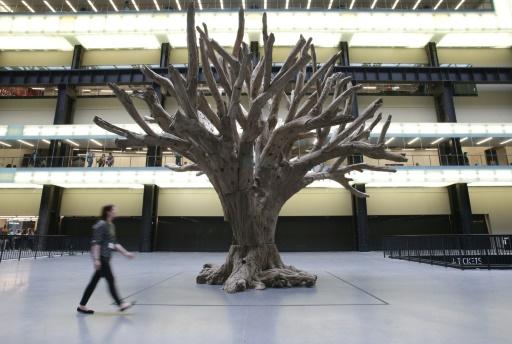
London's Tate Modern museum will this week unveil a vast pyramidal extension providing extra gallery space for the millions of guests who pour through its doors each year.
The modern art museum has been a roaring success since it opened in 2000, with more than five million people now annually visiting the former power station, whose silhouette looms over the south bank of the River Thames.
This is more than twice the number of visitors originally planned, leaving gallery-goers jostling to see the latest exhibitions and requiring more floor space.
Swiss architects Herzog & de Meuron, responsible for the building's original conversion, were chosen for the new "Switch House" project, which cost £260 million pounds ($367 million, 328 million euros).
The result is a fractured pyramid of cladded bricks in keeping with the building's industrial heritage.

Harry Potter makes his stage debut on Tuesday in a new London play that imagines the fictional boy wizard as a father of three, in the latest offshoot of the globally successful franchise.
"Harry Potter and the Cursed Child" is set 19 years after the seventh and final book in the series by J.K. Rowling, which have sold more than 450 million copies since 1997 and been adapted into eight films.
Like many of his fans, Potter has now grown up and has three children with his wife Ginny Weasley, the sister of his friend Ron, and is working at the Ministry of Magic.
He still has his trademark round-rimmed glasses and the scar on his head, a permanent reminder of his nemesis Lord Voldemort, but must now help his youngest son Albus confront the family’s dark past.
Cut-price previews for the play at the Palace Theatre, in London’s West End, begin on Tuesday ahead of the world premiere on July 30.
Rowling pleaded with spectators at the previews not to disclose the details of the play.




















